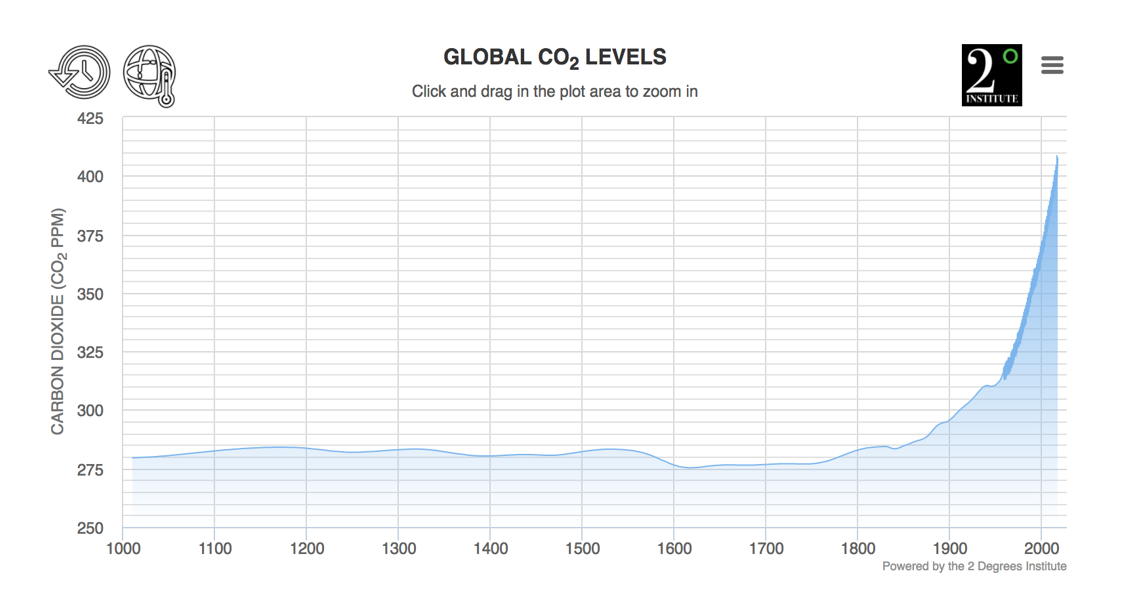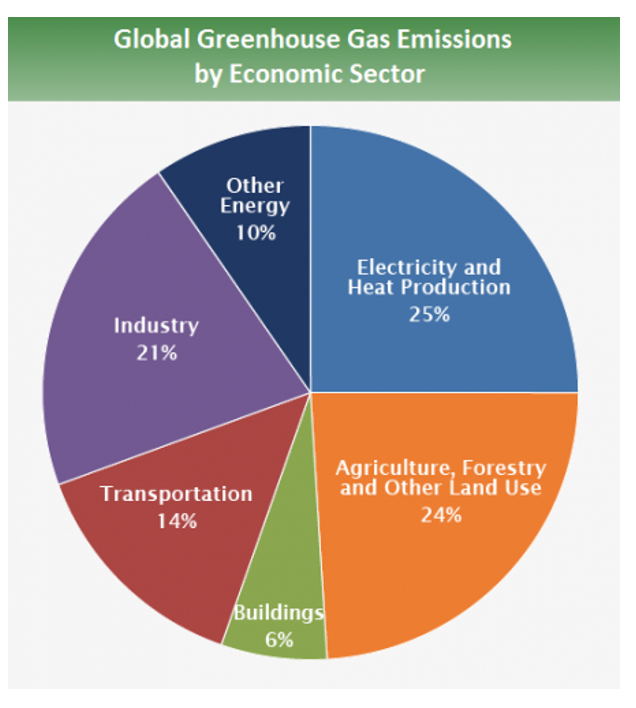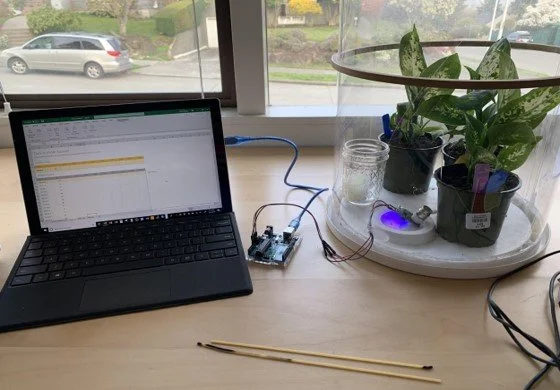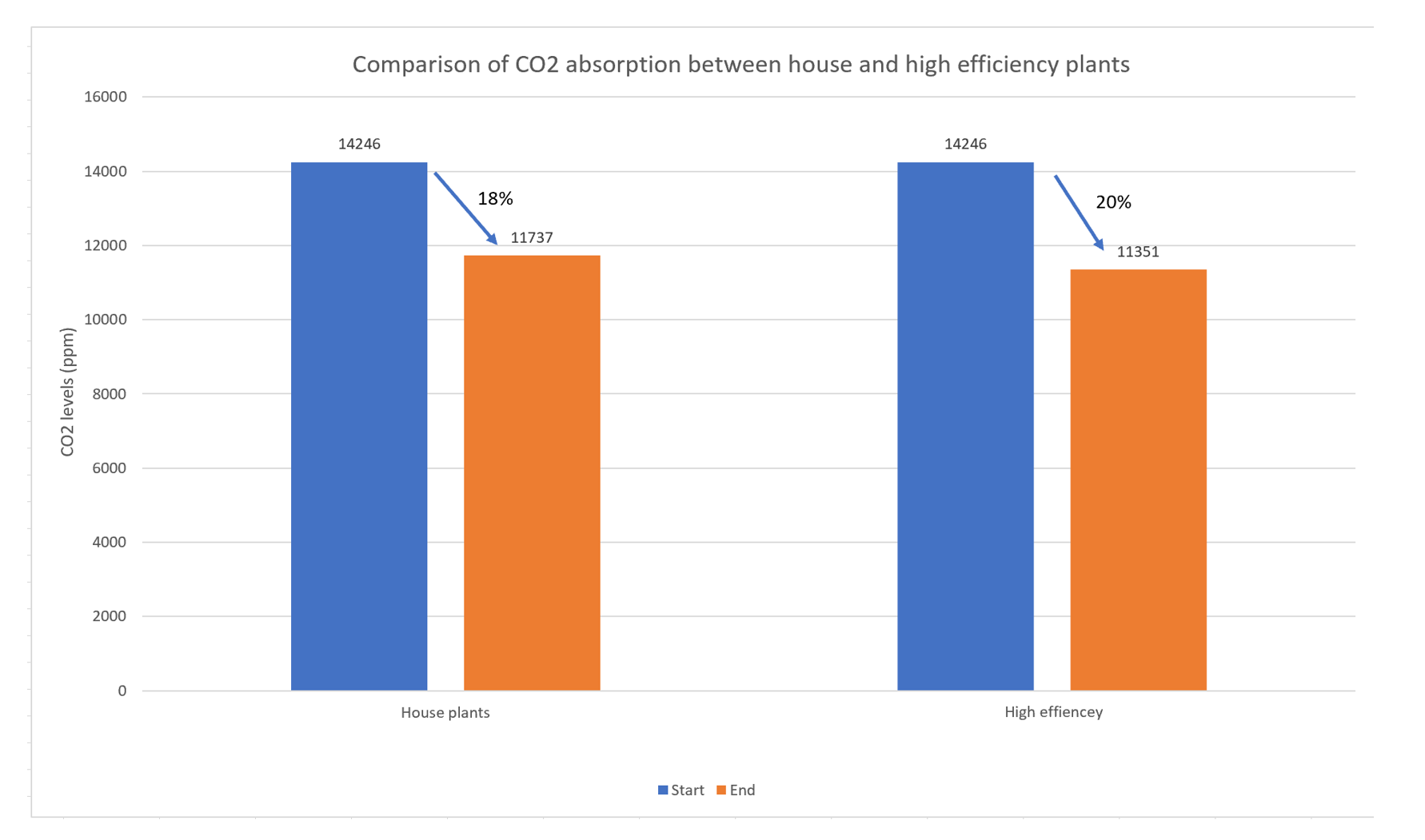
Comparing the efficacy of CO2 mitigation by plants
High efficiency plants (Snake Plant, Chinese Money Plant, and Parlor Palm) will be significantly better at absorbing CO2 when compared to house plants.
Read the detailed experiment report here. See brief version below.
The problem
Carbon emissions have risen by 85% in the last 70 years and continue to rise. Global CO2 levels have risen by 45% (275 ppm to 400 ppm) since 1950.
Each year about 4.6 million people are killed by dirty and hazardous air. That number is still rising and will keep rising if we do not act.
CO2 emissions are 76% of the total greenhouse gas emissions. Ironically, agriculture and forestry are responsible for a majority of the greenhouse gas emissions.
What if plants could mitigate CO2 pollution on a large scale?
The experiment
Hypothesis: High efficiency plants (Snake Plant, Chinese Money Plant, and Parlor Palm) will be significantly better at absorbing CO2 when compared to house plants.
Goal: Using MG811 CO2 sensor, low cost, high sensitivity, compare the efficacy of highly efficient CO2 absorbing plants to that of house plants.
Data collection: Sensor sends data to Excel’s Data Streamer add-in every 2 minutes. The data is recorded and visualized using Excel charts.
Challenges
Plants take a long time to absorb CO2, data was collected over 8 hours
Plants only absorb CO2 during the day; shorter winter days led to collection over several days
Collecting the data while charging the laptop led to unreliable data and the laptop would run out of charge while collecting data, so I recorded the data at the start and end of each trial.
Conclusion
High efficiency plants reduced the CO2 by 20% over an 8 hour period. House plants reduced the CO2 by 18% in 9 hours. This may lead us to believe that high efficiency and more efficient in absorbing CO2.
There was however only a 2% change in CO2 levels between the two types of plants.
Thus, the results indicate that I can cautiously conclude that high efficiency plants are more effective at mitigating CO2 pollution.



